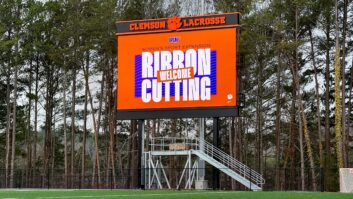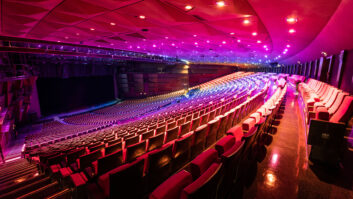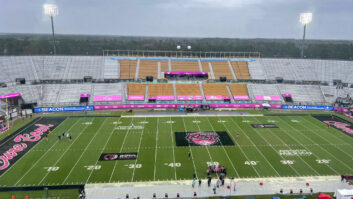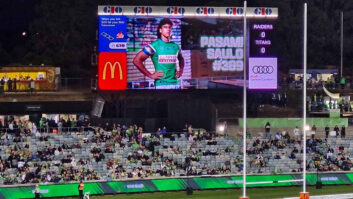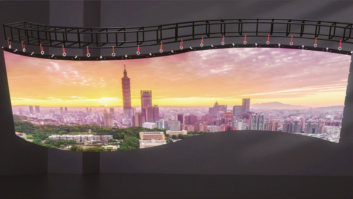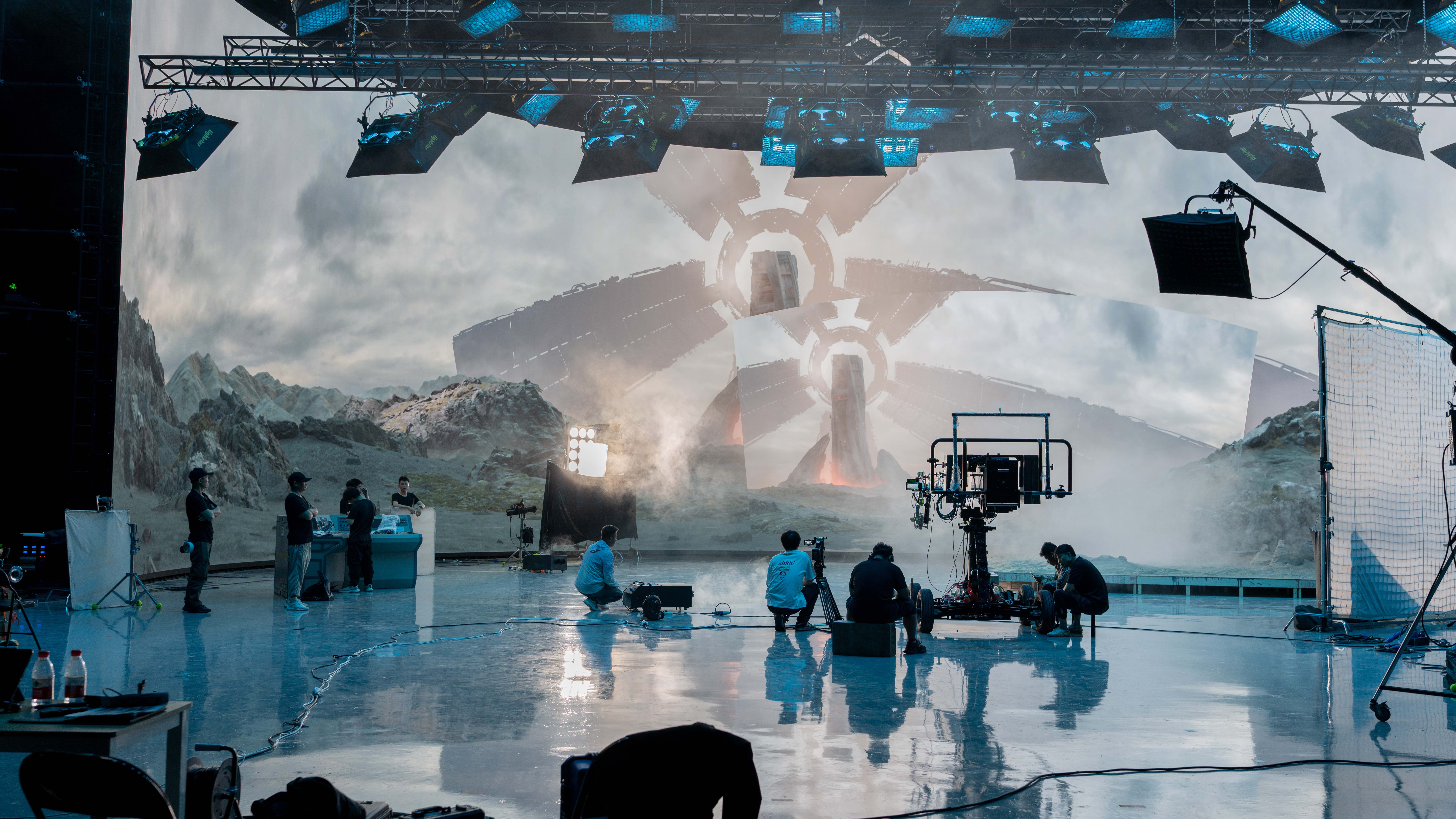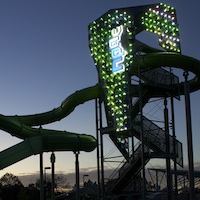
The first Australian installation of Anolis‘ ArcDot LED pixels has taken place: they are being used to light the façade of the the landmark waterslide at Noble Park Aquatic Centre (NPAC) in Melbourne.
The new lighting scheme, which uses 300 ArcDot pixels, was designed by a team from Electrolight, led by David Anderson, for Suters Architects. The design transforms the 19.5m structure into a gleaming beacon of contemporary elegance that is clearly visible from the town centre.
Suters’ waterslide design is inspired by images of waterfalls and evokes the NPAC tagline ‘Water for all’. The requirement was for a fluid visual lighting effect that could be vibrant or subtle and that would explore the impressions of light, shadows and depth associated with cascading water.
Anderson approached the ULA Group’s Jason Saunders to find a lighting solution to meet the brief. He sought a high powered LED ‘node’ that could be pixel mapped and fed with video sources to create a lively, dynamic installation.
Jason Saunders suggested the Anolis ArcDot LED Pixel: a super-bright Cree MC-E RGBW multichip-based LED ‘pixel’ fixture with an IP67 rating for good weather resistance.
“While the initial requirement had been for an RGB fixture, the ArcDot’s RGBW capabilities opened up additional potential for the creation of more colours and spectral subtleties,” Anderson said. “The decision to go with Anolis was made after extensive trials. Anolis have a reputation for a robust build and quality engineering and presented a comprehensive package that fitted the budget and included flexible, user-friendly controls.”
Suters’ project leader, Clinton Wyner, says the lighting solution complements the architectural design. “The lighting accentuates the watersides’ panelised facade geometry which is fractured to create multiple panel faces that reflect light and create shadow. The panels are made of aluminium and painted with a metallic paint to replicate sunlight on a water’s moving surface,” he said.
The Anolis ArcDot LED Pixel node lights are positioned between each of the panels to create a subtle dynamic effect at night. An inbuilt automated control system allows the LED nodes to be programmed to create a multitude of lighting effects. For example, a waterfall lighting sequence has been programmed into the facade that starts from the top and cascades to the bottom.
For control, the video files triggering the lighting installation are embedded into Microsoft PowerPoint running on a PC, which is linked to an E:Cue Micro Video Convertor storing the patch for the nodes. Here, DVI signals are converted into DMX values, which activate the ArcDots via the mapped nodes.
From here, three DMX universes are sent 100m via Cat6 cabling to a cabinet below the slide, which houses the ArcDot drivers that feed data to the 296 fixtures.
The video content displayed on the ArcDots can be quickly and easily changed by adding another slide into the PowerPoint sequence.
The system has been devised from the outset to make it straightforward to create and run new effects for special events, commemorations or promotions. The system also accommodates future interactive works involving guest artists.

